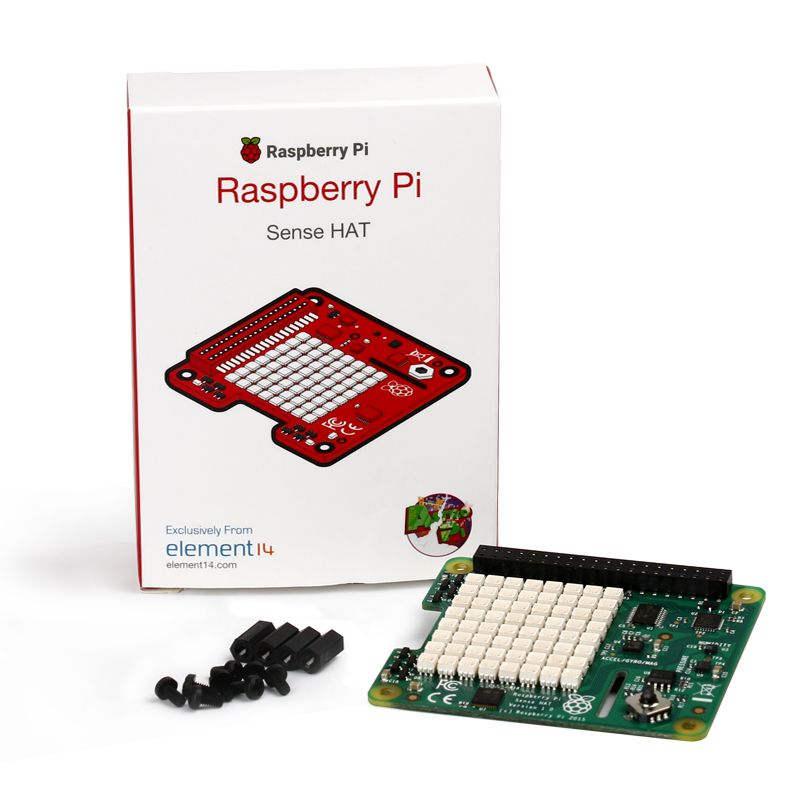


Connect the sensor’s pins to the corresponding pins on the Raspberry Pi GPIO and you are all set. The proximity sensor works over I2C, so it only needs 4 connections: power (5V), ground, SDA and SCL. The setup is comprised of three main blocks: Raspberry Pi Zero W, the Perma Proto Bonnet holding the proximity sensor (and needed connections) and the Sense HAT. If using metal screws/nuts, make sure they won’t short any connections on the board. Any other strip or support will do as long at it keeps the proximity sensor accessible. Stainless steel strip for holding the proximity sensor.GPIO Stacking Header for Pi A+/B+/Pi 2/Pi 3 - Extra-long 2x20 Pins.Adafruit Pi Protector for Raspberry Pi Model Zero.Most of the components can be found on either Amazon or Adafruit. Here is a complete list of the hardware used on this project. Additionally, the arrow color changes depending on how warm or cold it is, showing blueish colors if temperature is below 60 F and reddish colors if it’s above 75 F (all these parameters are configurable in a Python script). If it went up, the arrow points upwards, if it decreased, it points downwards, and if it remained the same, it shows a “=“ symbol.
#Sense hat raspberry pi zero update#
The LED Matrix shows an arrow representing how the temperature changed since the last update (2 minutes by default, but configurable in the code). Also, I wanted to get details of the current conditions only if requested. I wanted to provide a visual indication of the temperature trend and a general idea of how warm or cold it is. The intent of this project is to monitor temperature, humidity and barometric pressure using the Sense HAT and a Raspberry Pi Zero W. It bundles an 8x8 color LED matrix, a mini joystick and a ton of sensors (barometric pressure, humidity, temperature, accelerometer, 3D Gyroscope and magnetometer). The Sense HAT is part of the AstroPi project (the project that allowed UK schools to run experiments in space). I’ve used it before as an interactive/visual interface to run scripts on a Raspberry Pi 3, but that project was really underutilizing the board. I’ve been looking for an excuse to use most of the capabilities of the Sense HAT on a project.


 0 kommentar(er)
0 kommentar(er)
